GRADIENT OF THE NORMAL TO AN ELLIPSE.
This can be expressed into two
i) Cartesian form
ii) Parametric
I) IN CARTESIAN FORM
– Consider the gradient of the tangent in Cartesian form
But normal tangent







II) IN PARAMETRIC FORM
Consider the gradient of tangent in parametric form

Let m = slope of the normal in parametric form



EQUATION OF THE NORMAL TO AN ELLIPSE
This can be expressed into;
(i) Cartesian form
(ii) Parametric form
I. IN CARTESIAN FORM
– consider the normal to an ellipse 
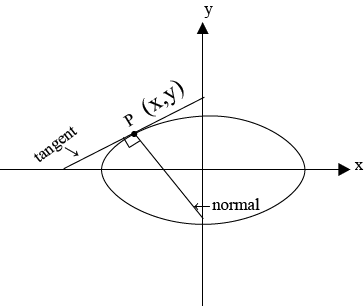
Hence the equation of the normal is given by





II) IN PARAMETRIC FORM
Consider the normal to an ellipse 
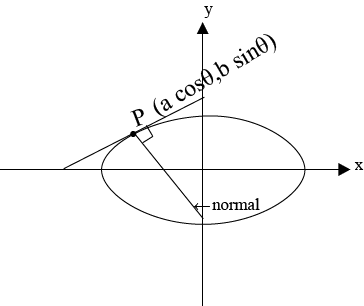
Hence the equation of the normal is given by









Examples
· Show that the equation of the normal to an ellipse

CHORD OF AN ELLIPSE.
This is the line joining any two points on the curve ie (ellipse)
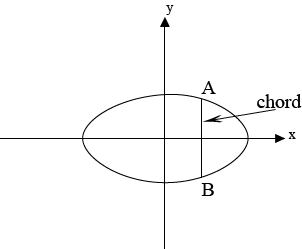
GRADIENT OF THE CHORD TO AN ELLIPSE.
This can be expressed into
i) Cartesian form
ii) Parametric form
I. IN CARTESIAN FORM
– Consider the point A (x1, y1) and B (x2, y2) on the ellipse  hence the gradient of the cord is given by
hence the gradient of the cord is given by 
II. IN PARAMETRIC FORM
Consider the points A  and B
and B  on the ellipse
on the ellipse  Hence the gradient of the chord is given by;
Hence the gradient of the chord is given by;




EQUATION OF THE CHORD TO AN ELLIPSE
These can be expressed into
i) Cartesian form
ii) Parametric form
I: IN CARTESIAN FORM.
Consider the chord the ellipse  at the point A (x1, y1) and B(x2,y2). Hence the equation of the chord is given by;
at the point A (x1, y1) and B(x2,y2). Hence the equation of the chord is given by;






II. IN PARAMETRIC FORM.
Consider the chord to an ellipse  at the points
at the points . Hence the equation of the chord is given by
. Hence the equation of the chord is given by










FOCAL CHORD OF AN ELLIPSE.
This is the chord passing through the focus of an ellipse
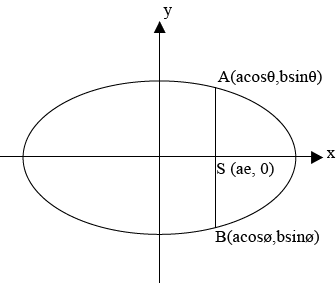
Where  = is the focal chord
= is the focal chord
Consider the points A and B are respectively  Hence
Hence
Gradient of AS = gradient of BS
Where s = (ae, o)












DISTANCE BETWEEN TWO FOCI.
Consider the ellipse below;
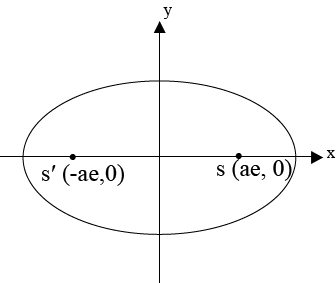
 2
2
 2
2
 2
2

Where a = is the semi major axis
e = is the eccentricity
DISTANCE BETWEEN DIRECTRICES.
Consider the ellipse below
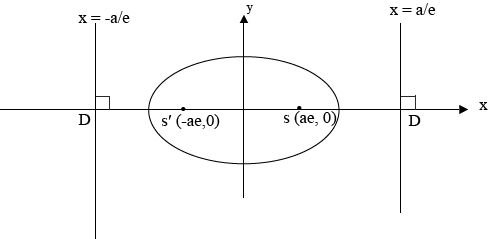

= 
= 

Where a – is the semi major axis
e – is the eccentricity
LENGTH OF LATUS RECTUM.
Consider the ellipse below
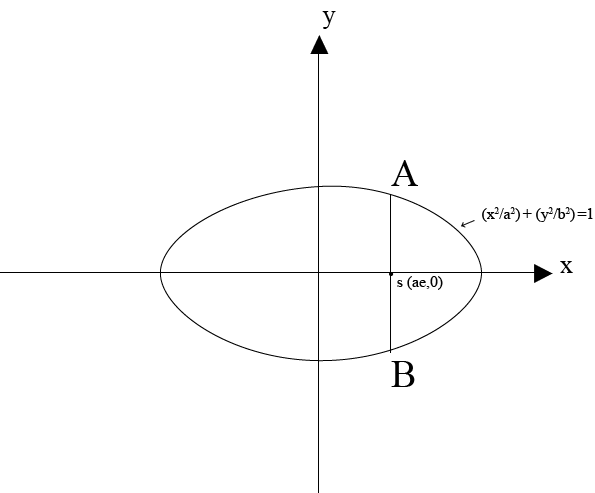



















IMPORTANT RELATION OF AN ELLIPSE
Consider an ellipse below
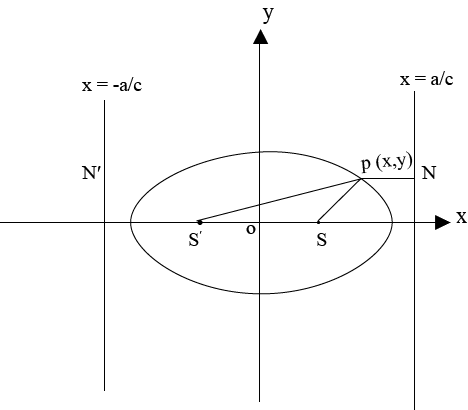











ECCENTRIC ANGLE OF ELLIPSE
.This is the angle introduced in the parametric equation of an ellipse
I.e 
Where  – is an eccentric angle
– is an eccentric angle
CIRCLES OF AN ELLIPSE
These are 1) Director Circle
2) Auxiliary circle
1. DIRECTOR CIRCLE
– This is the locus of the points of intersection of the perpendicular tangents.
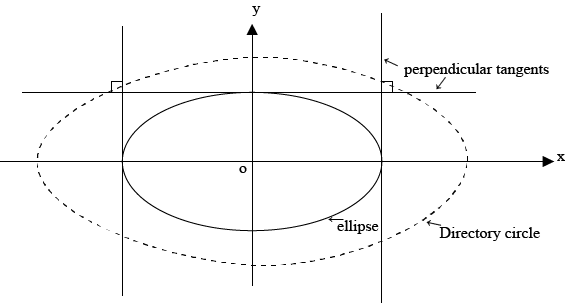
Consider the line  is tangent to the ellipse
is tangent to the ellipse 
Hence




















2. AUXILIARY CIRCLE
– This is the circle whose radius is equal to semi – major axis
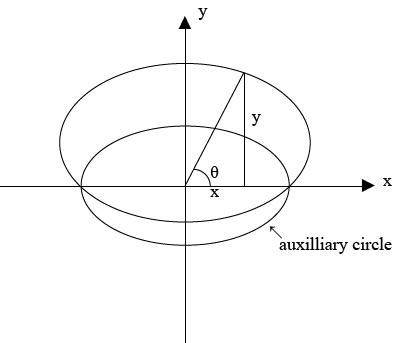
Using Pythagoras theorem

a – is the radius of the auxiliary circle
CONCENTRIC ELLIPSE.
These are ellipse whose centre are the same.
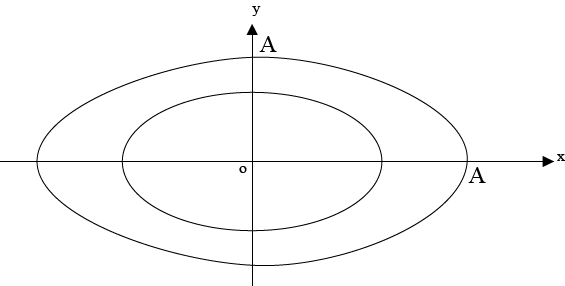
The equations of centric ellipse are;

Where a and b semi – major and semi – minor axes of the small ellipse
A and B are the semi – major and semi – minor axes of the large ellipse
A – a = B – b
A – B = a – b·
Is the condition for concentric ellipse